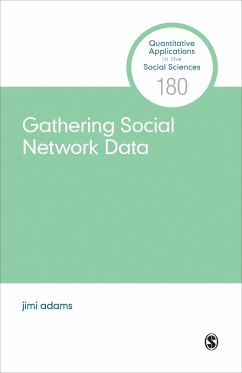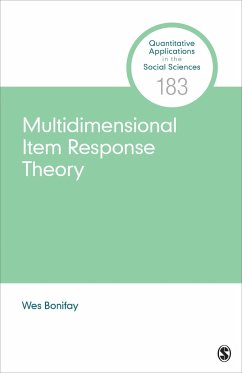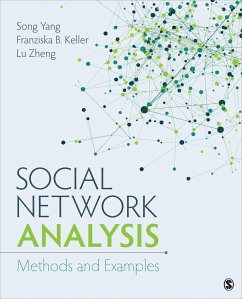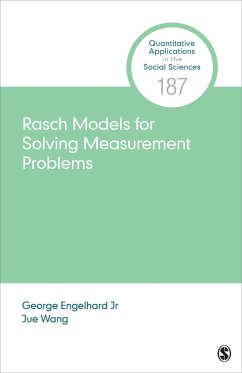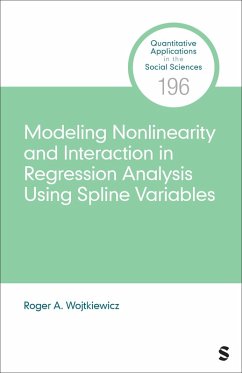
Social Network Analysis
Versandkostenfrei!
Versandfertig in 2-4 Wochen

PAYBACK Punkte
28 °P sammeln!




Knoke and Yang's handy primer on social network analysis offers a concise introduction to basic network concepts, data collection, and network analytical methodology.
Dieser Artikel kann nur an eine deutsche Lieferadresse ausgeliefert werden.
David Knoke (Ph.D., University of Michigan, 1972) is a professor of sociology at the University of Minnesota, where he teaches and does research on diverse social networks, including political, economic, healthcare, intra- and interorganizational, and terrorist & counterterror networks. In addition to many articles and chapters, he has written seven books about networks: Network Analysis (1982, with James Kuklinski), The Organizational State (1985, with Edward Laumann), Political Networks (1990), Comparing Policy Networks (1996, with Franz Pappi, Jeffrey Broadbent, and Yutaka Tsujinaka), Changing Organizations (2001), Social Network Analysis (2008, with Song Yang), and Economic Networks (2012).
Produktdetails
- Quantitative Applications in the Social Sciences
- Verlag: SAGE Publications Inc
- 3 Revised edition
- Seitenzahl: 200
- Erscheinungstermin: 20. Januar 2020
- Englisch
- Abmessung: 213mm x 135mm x 13mm
- Gewicht: 240g
- ISBN-13: 9781506389318
- ISBN-10: 1506389317
- Artikelnr.: 57630328
Herstellerkennzeichnung
Libri GmbH
Europaallee 1
36244 Bad Hersfeld
gpsr@libri.de
Für dieses Produkt wurde noch keine Bewertung abgegeben. Wir würden uns sehr freuen, wenn du die erste Bewertung schreibst!
Eine Bewertung schreiben
Eine Bewertung schreiben
Andere Kunden interessierten sich für



